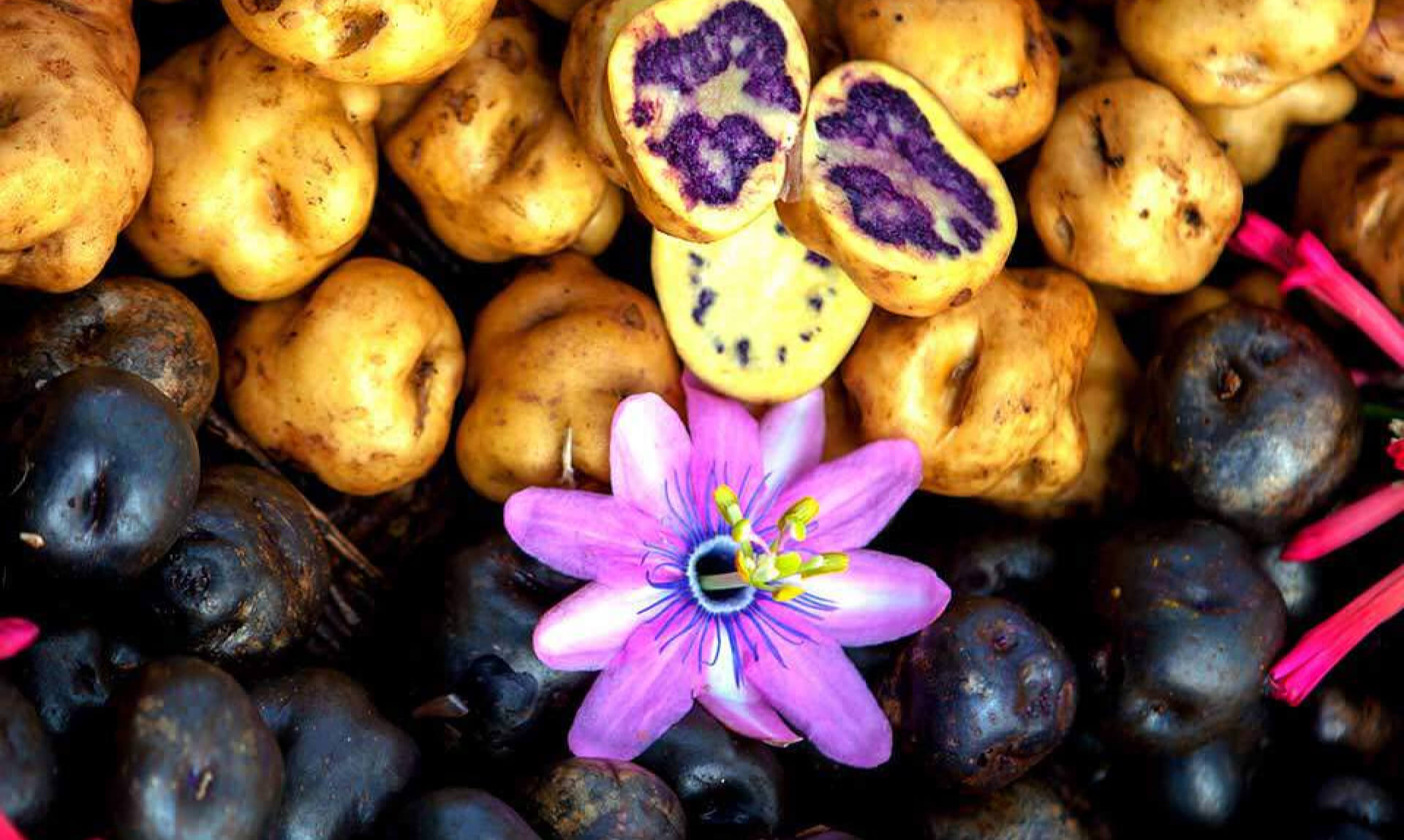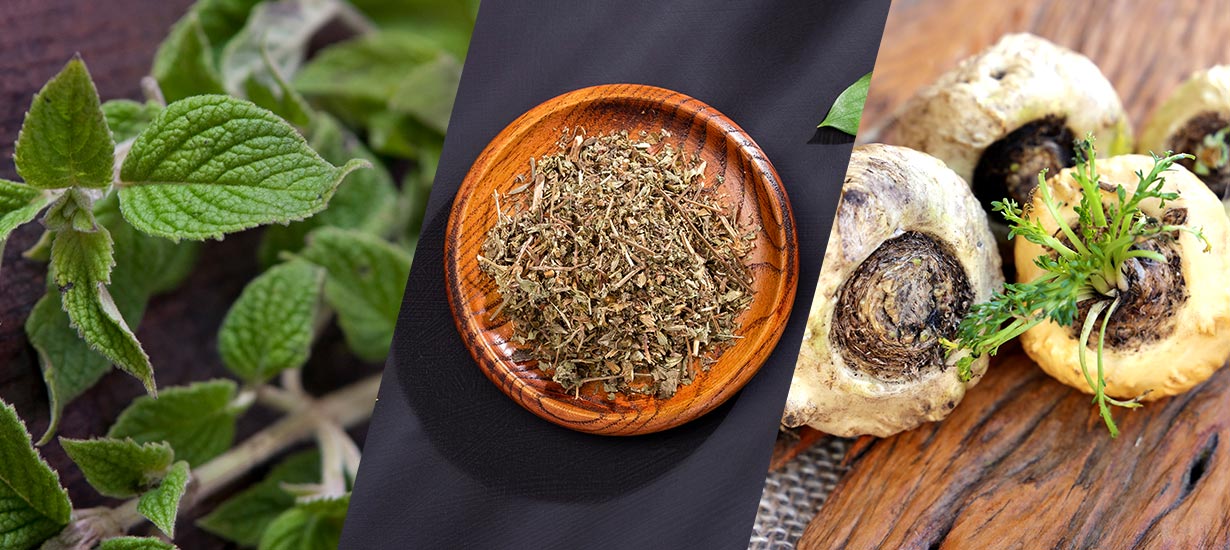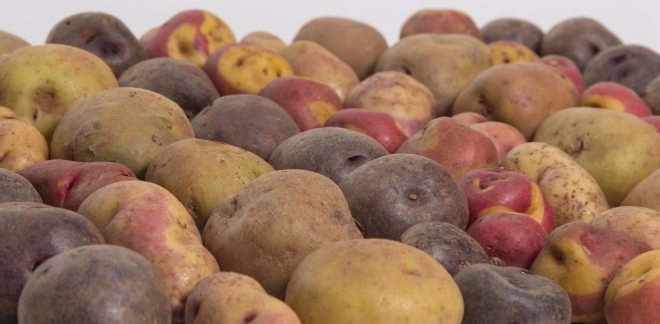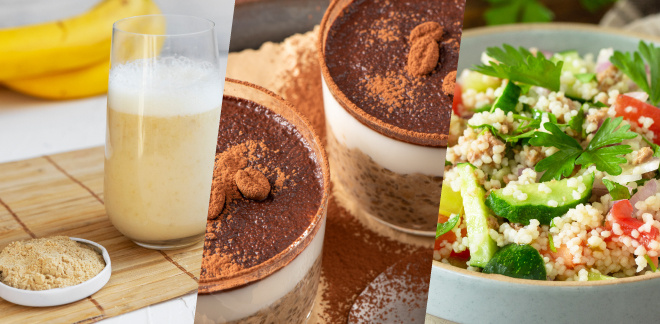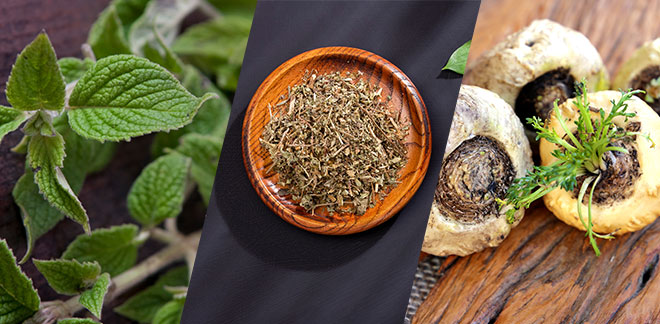Historic wisdom: Healing plants of the Peruvian Andes
Síguenos en:Google News
Highland plants are valuable not only for their health benefits but also for the importance of preserving the biodiversity of high Andean ecosystems.
The Peruvian Andes are home to a rich variety of medicinal plants. Since pre-Hispanic times, through the colonial period, and with the introduction of foreign species, these plants have been used for generations in traditional medicine to treat ailments and strengthen the body. Below, we highlight five of the most representative medicinal plants of the Peruvian Andes and their health benefits.
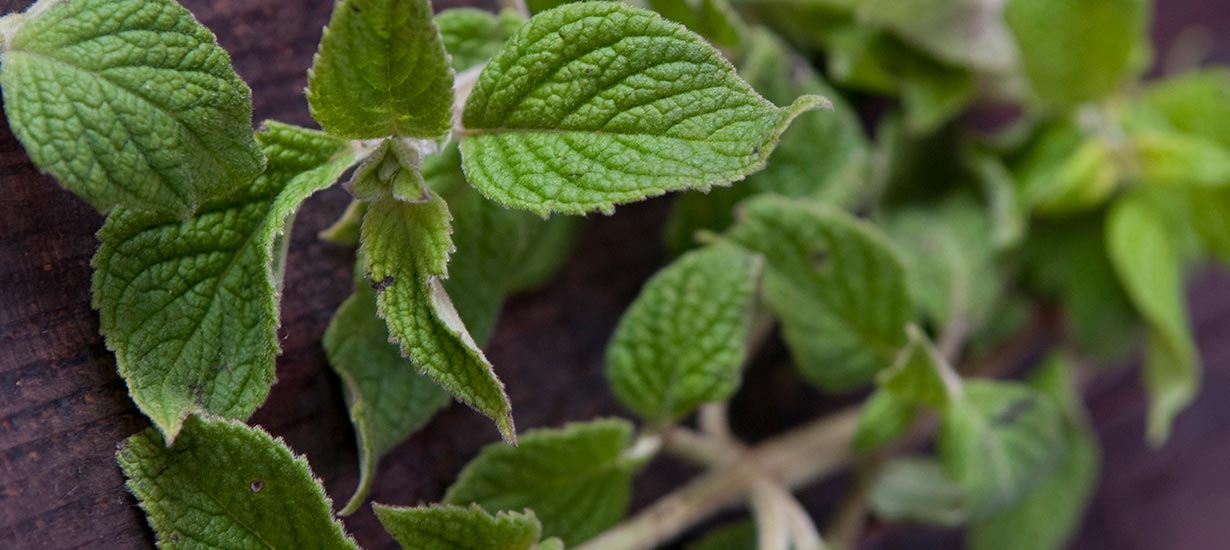 Source: PROMPERÚ
Source: PROMPERÚ
Muña
Muña is a fragrant herb known for its digestive properties. Its infusion helps relieve stomach issues like indigestion and bloating and is also used to combat internal and external parasites due to its antispasmodic effects. Additionally, muña contains compounds that enhance calcium absorption, making it a natural ally for bone health. In Andean medicine, it is also valued for treating respiratory conditions and as a natural energizer against fatigue.
Historical references from the 1700s to the early 1900s mention that a mixture of finely ground muña leaves, pink oil, and salt, applied to gouty swellings on the hands, helps relieve pain and burning. This medicinal plant thrives at altitudes between 2,700 and 3,400 meters above sea level in the Andean regions of Apurimac, Ayacucho, Ancash, Huancayo, Pasco, Huancavelica, and Puno.
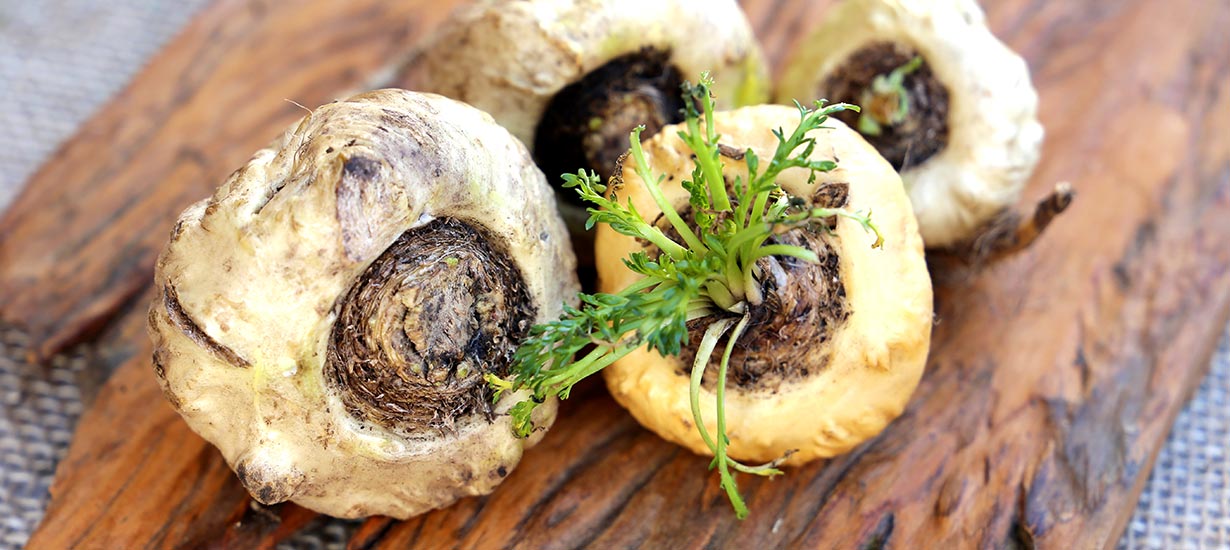 Source: PROMPERÚ
Source: PROMPERÚ
Maca
Known as the "ginseng of the Andes," maca is a nutrient-rich root with powerful adaptogenic properties. Traditionally, it has been used to boost energy, enhance physical endurance, and support fertility. Its consumption is also linked to hormonal balance and improved mood. During the Inka era, maca was considered a food for nobility and was offered to the gods alongside other sacred staples like corn and potatoes.
The main maca-producing regions are in the central Andes, particularly in Junin and Pasco, with key cultivation areas in the Bombon plateau and the highlands of the Mantaro Valley.
Elderberry
Grown primarily in Ancash, elderberry thrives at elevations between 3,200 and 3,800 meters above sea level. Rich in vitamins A and C, it also contains antioxidants and salicylic acid, making it a powerful ally against fever. Additionally, it helps lower cholesterol and prevents kidney stone formation. Known for its cardiovascular benefits and immune-boosting properties, elderberry is commonly consumed as juice or tea.
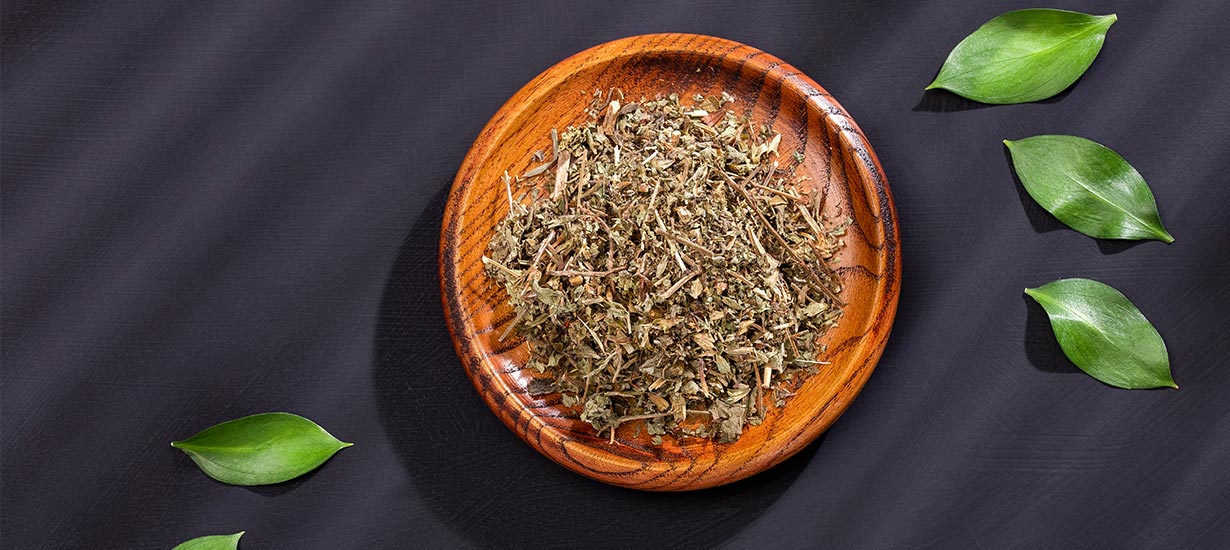 Source: Shutterstock
Source: Shutterstock
Chancapiedra
Chancapiedra is well known for its effectiveness in treating kidney stones and gallstones. Its name, which means "stone breaker," reflects its ability to help dissolve and eliminate these stones naturally. In addition to its renal benefits, it has hepatoprotective properties that support liver health and aid in detoxification by promoting urination. Andean communities commonly consume it as an herbal tea.
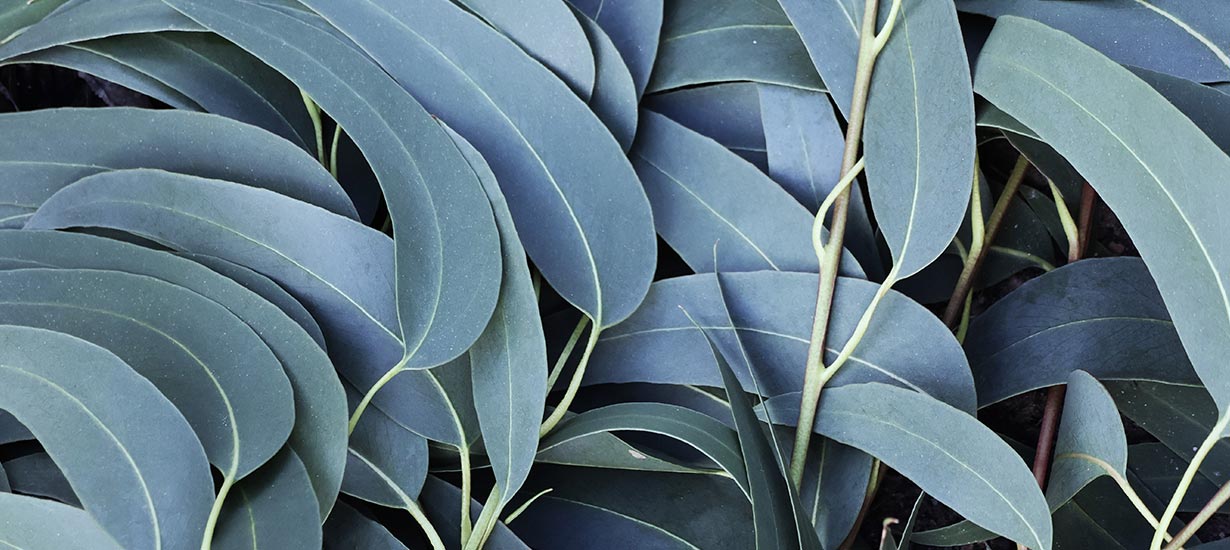 Source: Shutterstock
Source: Shutterstock
Eucalyptus
Originally from Australia, eucalyptus has long been used in infusions to relieve colds, sore throats, and nasal congestion. It is also commonly inhaled through steam therapy, with the vapor being breathed in from about a meter away. Today, eucalyptus remains a key ingredient in the pharmaceutical and cosmetic industries. Additionally, its natural compounds help combat bad breath.
The medicinal plants of the Peruvian Andes are a testament to ancestral wisdom, a legacy that endures to this day. With their healing properties, they continue to serve as a natural alternative for treating various conditions.

